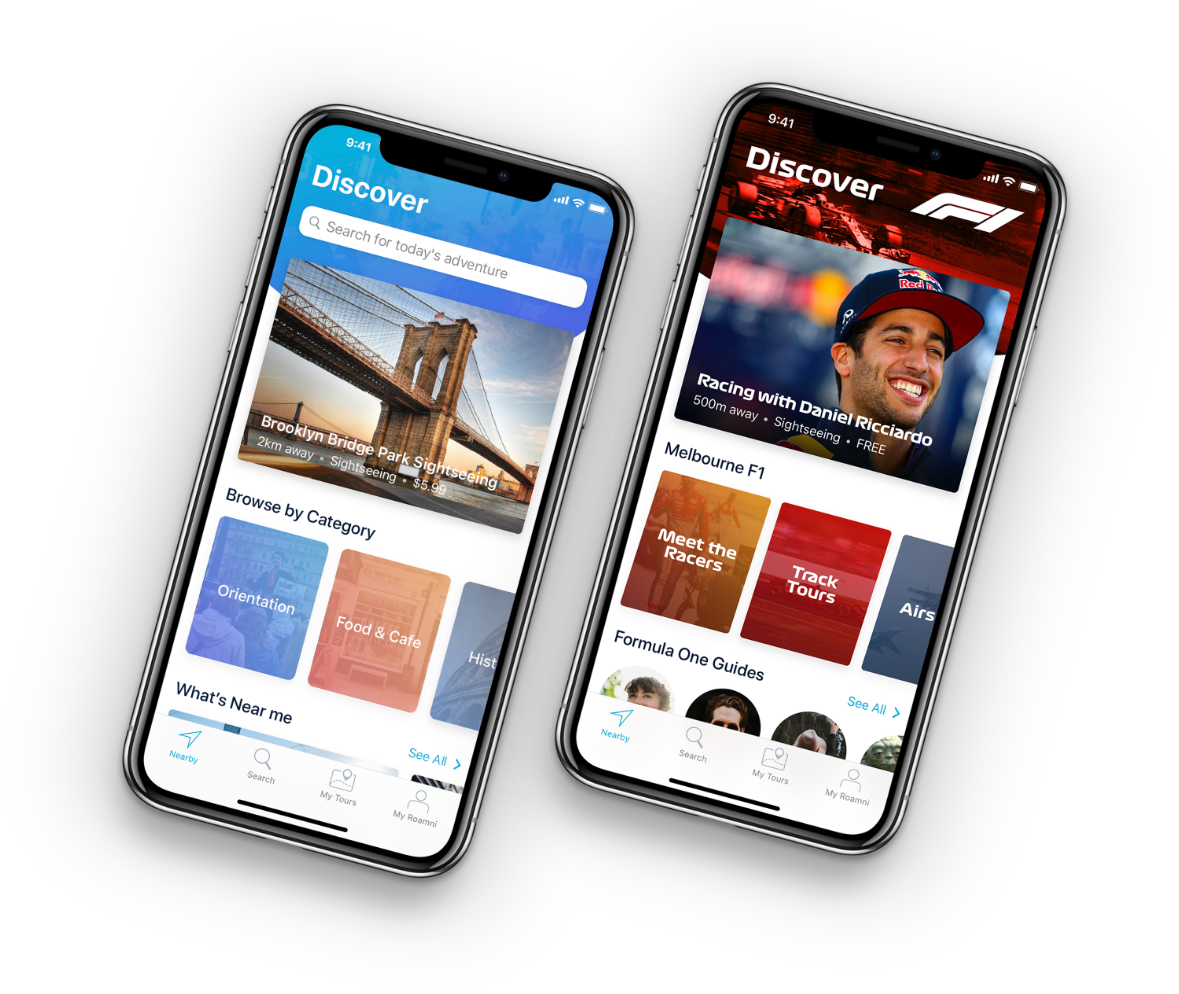12 App Development Trends in 2025 You Should Look Into (Updated)

The mobile app world is evolving at breakneck speed. If you’re not keeping up, you’re already behind. In 2025, breakthrough trends such as generative AI, AR-powered shopping, super apps, and next-generation privacy are rewriting the rules of user engagement and driving business growth.
Whether you’re a startup founder, marketer, or app developer, this guide unpacks the 12 most important app development trends you must watch. Expect real-world examples, actionable insights, and help you look at how to future-proof your next big idea.
Let’s turn these trends into a competitive edge for your app idea.
- Artificial Intelligence and Machine Learning (AI/ML)
- Augmented Reality (AR) and Virtual Reality (VR)
- Blockchain Technology
- Super Apps
- Low-Code/No-Code Development
- Internet of Things (IoT) Integration
- Cross-Platform Development
- Cybersecurity & Privacy-First Design
- Ethical AI and Responsible App Development
- Voice User Interfaces (VUIs) & Conversational AI
- Edge Computing
- Green Apps & Sustainable Mobile Development
1. Artificial Intelligence and Machine Learning (AI/ML)

AI and machine learning aren’t just buzzwords anymore, they’re the backbone of the smartest mobile apps you use every day. In 2025, AI/ML is driving everything from predictive analytics and personalized content to fraud detection and dynamic pricing.
AI/ML lets app developers create apps that “think” adapting to user behavior, learning preferences, and delivering a custom experience for every user. For instance, Netflix’s recommendations or how Spotify builds your Discover Weekly playlist. Another interesting example is Babbel AI conversation practice.
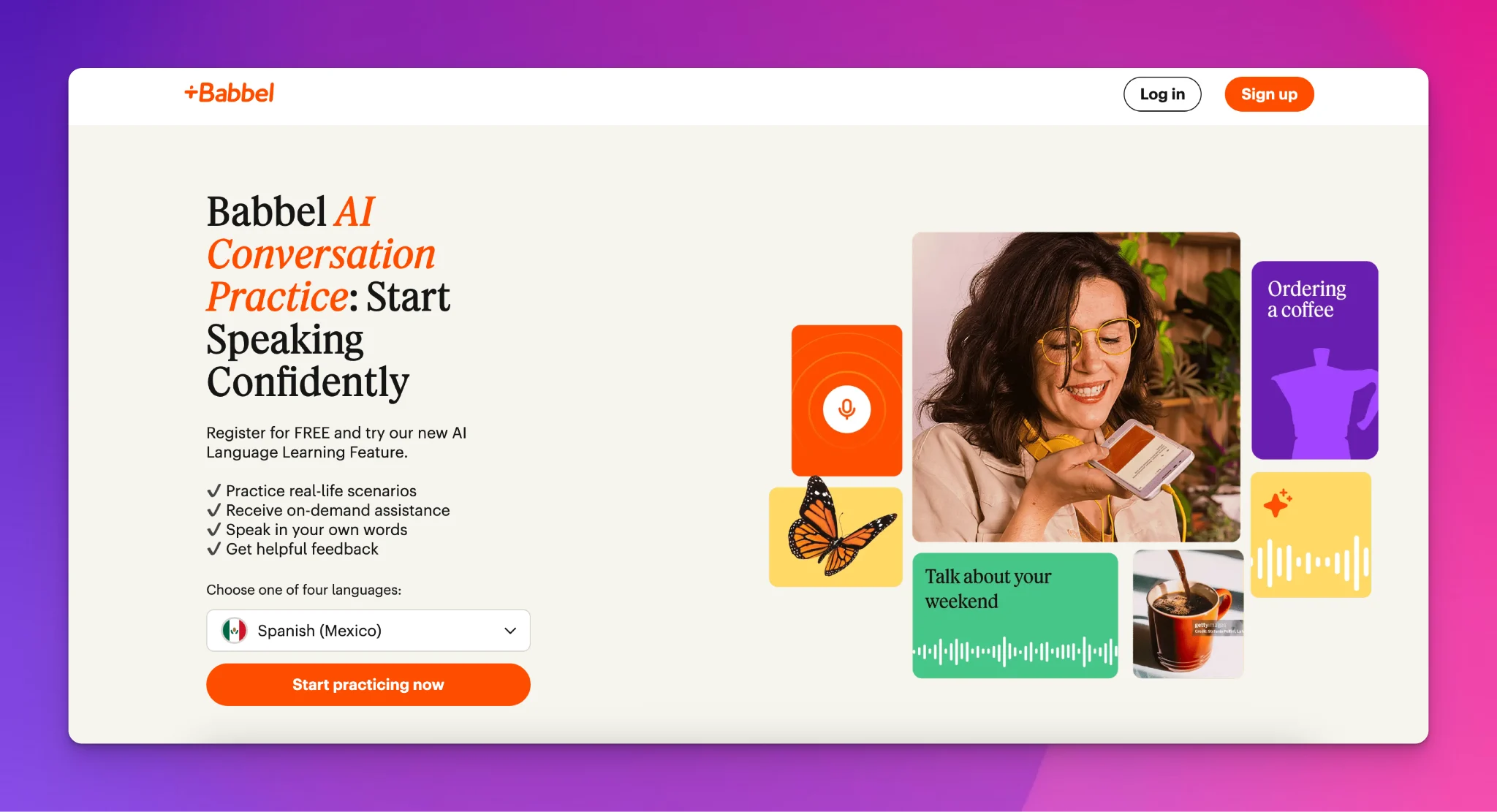
Source: Babbel Go
Babbel Go, launched in 2025, integrates conversational AI that simulates real-world speaking scenarios, helping users build confidence and fluency. This feature allows users to practice dialogue in realistic, preset social situations, such as ordering food, introducing themselves, or chatting with friends after work.
2. Augmented Reality (AR) and Virtual Reality (VR)

Augmented reality and virtual reality are no longer just for gamers. They’re now mainstream for mobile app development in retail, tourism, education, and more. AR/VR creates immersive, interactive experiences that drive user engagement and boost conversions.
Overlyapp lets anyone (no coding required) create and publish AR experiences for e-commerce, education, and city planning. Its self-serve, quick-deployment model and broad use cases democratize AR, making it accessible for small businesses, educators, and creators, not just big brands or developers.
Source: Overlyapp
In travel and tourism, the Singapore Tourism Board uses Geospatial Creator to curate an AR-guided tour, breathing new life into the city-state’s iconic landmarks, shops, and historical monuments.
I could go on with examples of how AR/VR is used in the physical world. But the bottom line is that they unlock endless possibilities and out-of-the-box features to enhance app interfaces.
3. Blockchain Technology

Blockchain isn’t just about crypto anymore. By 2025, it will power mobile app security, transparent payments, and even NFT-based loyalty programs. Why is this a trend? Well, blockchain makes data transparent, traceable, and secure, giving users and businesses trust without a central authority.
In retail, Walmart partnered with IBM to implement a blockchain-based food traceability system (using Hyperledger Fabric). Before blockchain, tracing the origin of products like mangoes took nearly 7 days. After implementation, the process takes just 2.2 seconds.
Source: YouTube | GoLedger
The demand for software developers will increase as blockchain, in its nascent stage, attracts more talented people to work on different on demand apps and technologies.
As of December 2022, there were over 23,000 active developers involved in blockchain technology in the US. Experts predict that this number will skyrocket to 1 million by 2030. It’s a rapidly growing field.
4. Super Apps
![]()
Why juggle a dozen mobile apps when you can have one that does it all? Super apps are the Swiss Army knives of the mobile app development market. They combine messaging, payments, shopping, booking, and more, simplifying digital life and boosting user engagement.
Revolut is a fintech super app emerging outside of Asia. It now offers banking, multi-currency accounts, crypto trading, investments, travel insurance, and more, all in one seamless app. In 2024, Revolut added 10 million new users and continues to expand its features, including an AI-powered assistant and digital mortgages, which are expected to be available in 2025.
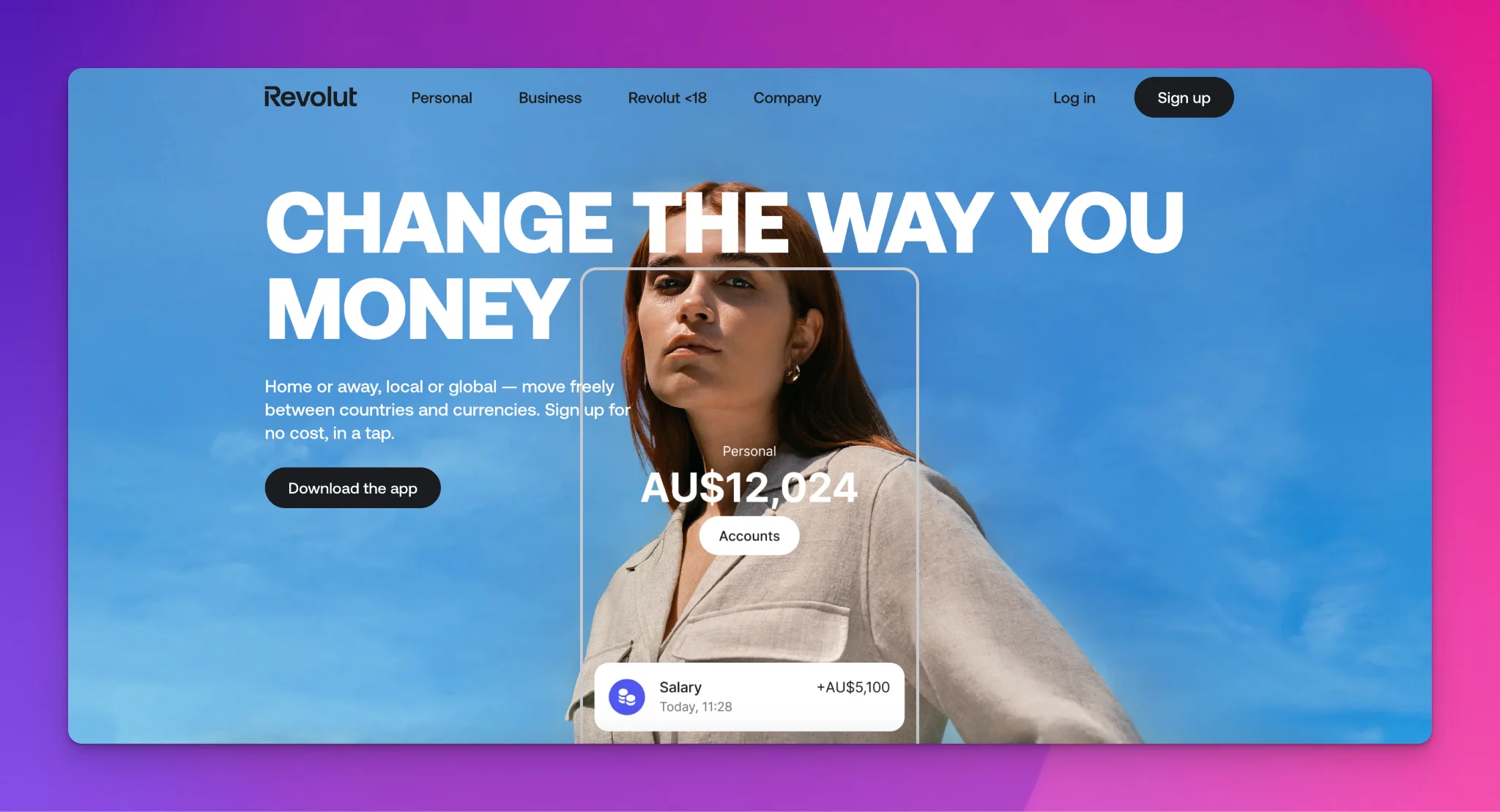
Source: Revolut
So, what’s in it for businesses? This integration simplifies a customer’s digital life by reducing the number of apps they need, saving device space while transacting with greater convenience. Super apps also help businesses make sense of customers’ preferences — through data collated using just one app.
Facebook’s main app now includes Meta Pay, Marketplace, Gaming, and more, which suggests that the social media giant is actually considering building a super app-like platform.
5. Low-Code/No-Code Development
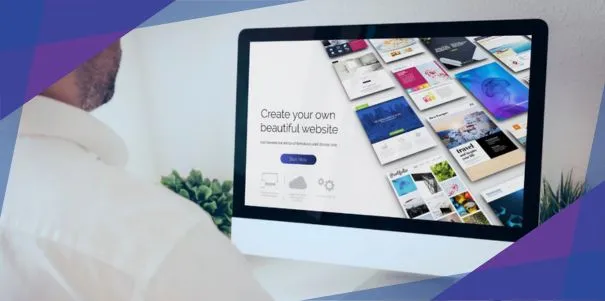
Low-code/no-code platforms are democratizing app design and development, letting anyone with an idea create apps, no coding required. They speed up the app development process in 2025, empowering anyone, from entrepreneurs to business analysts, to create apps without deep coding expertise.
This year, Google AppSheet has taken things further by integrating Gemini AI, allowing users to build functional apps simply by describing their idea or uploading a spreadsheet. no technical background required.
Source: YouTube | Google Developers
Enterprises and startups alike are rapidly adopting solutions like AppSheet, OutSystems, and Microsoft Power Apps to launch MVPs and automate workflows in days instead of months.
With Gartner predicting that citizen developers would outnumber professional developers by 4 to 1 in large enterprises by 2023, and projections indicating that 70% of new business applications would be built with low-code/no-code tools by 2025, this trend represents a significant shift toward accessible software development.
6. Internet of Things (IoT) Integration
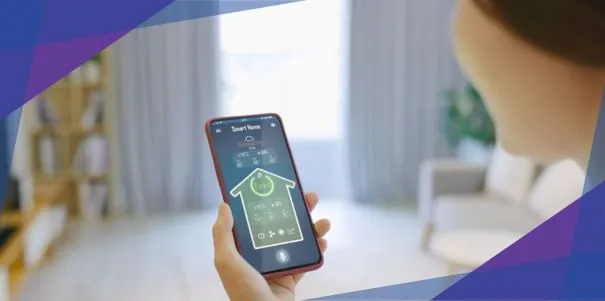
Imagine being able to control your home, car, or even your health with just a tap on your phone. That’s the magic of the Internet of Things (IoT)—and in 2025, it’s everywhere. Thanks to IoT, your mobile apps aren’t just for scrolling social media or checking the weather anymore.
Now, they’re the ultimate remote control for your life, connecting everything from your smart fridge to your fitness tracker and even your car. Let’s break it down. With IoT, your phone can talk to all sorts of smart devices.
Source: YouTube | Phones and Drones
For example, the Tesla app lets you check your car’s battery, set the temperature before you get in, and even lock or unlock the doors—all from anywhere in the world. Meanwhile, the Nest app helps you manage your home’s heating and cooling, using real-time data and predictive analytics to cut energy costs by up to 23%.
And if you’re into smart lighting, apps like Philips Hue let you change the vibe of your whole house with a swipe, adjusting colors and brightness to fit your mood or schedule.
7. Cross-Platform Development
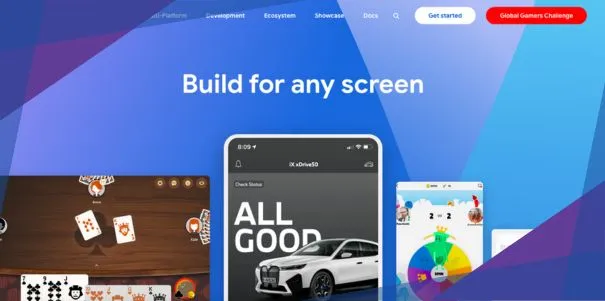
Cross-platform development is expected to become a game-changer in the mobile app development industry in 2025. Instead of building separate apps for iOS, Android, and web, cross-platform development lets you use a single codebase to create apps that run smoothly across multiple platforms—saving serious time and money.
Microsoft released Local Foundry that lets you build cross-platfom apps as seen in the video below.
Source: YouTube | Microsoft
Popular frameworks like Flutter (by Google) and React Native (by Meta) have allowed mobile app developers to launch feature-rich apps faster, with updates and bug fixes rolled out to all platforms at once.
This means businesses can get their products to market quicker and reach a wider audience without doubling their workload or budget.
With cross-platform development directing the trajectory of how to build mobile apps, there’s less need for separate development teams for each platform, which can significantly reduce labor costs. But app developers must also invest time in upskilling to be knowledgeable about these frameworks.
8. Cybersecurity & Privacy-First Design
In 2025, mobile app developers are building privacy-first features right from the start. Think end-to-end encryption, biometric logins, and real-time threat detection. This isn’t just about keeping hackers out; it’s about earning the trust of your app users by protecting their sensitive data and giving them more control over what gets shared.
Take Apple’s Lockdown Mode as an example. This feature blocks millions of trackers and suspicious links daily, setting a new standard for privacy in the mobile application development world.
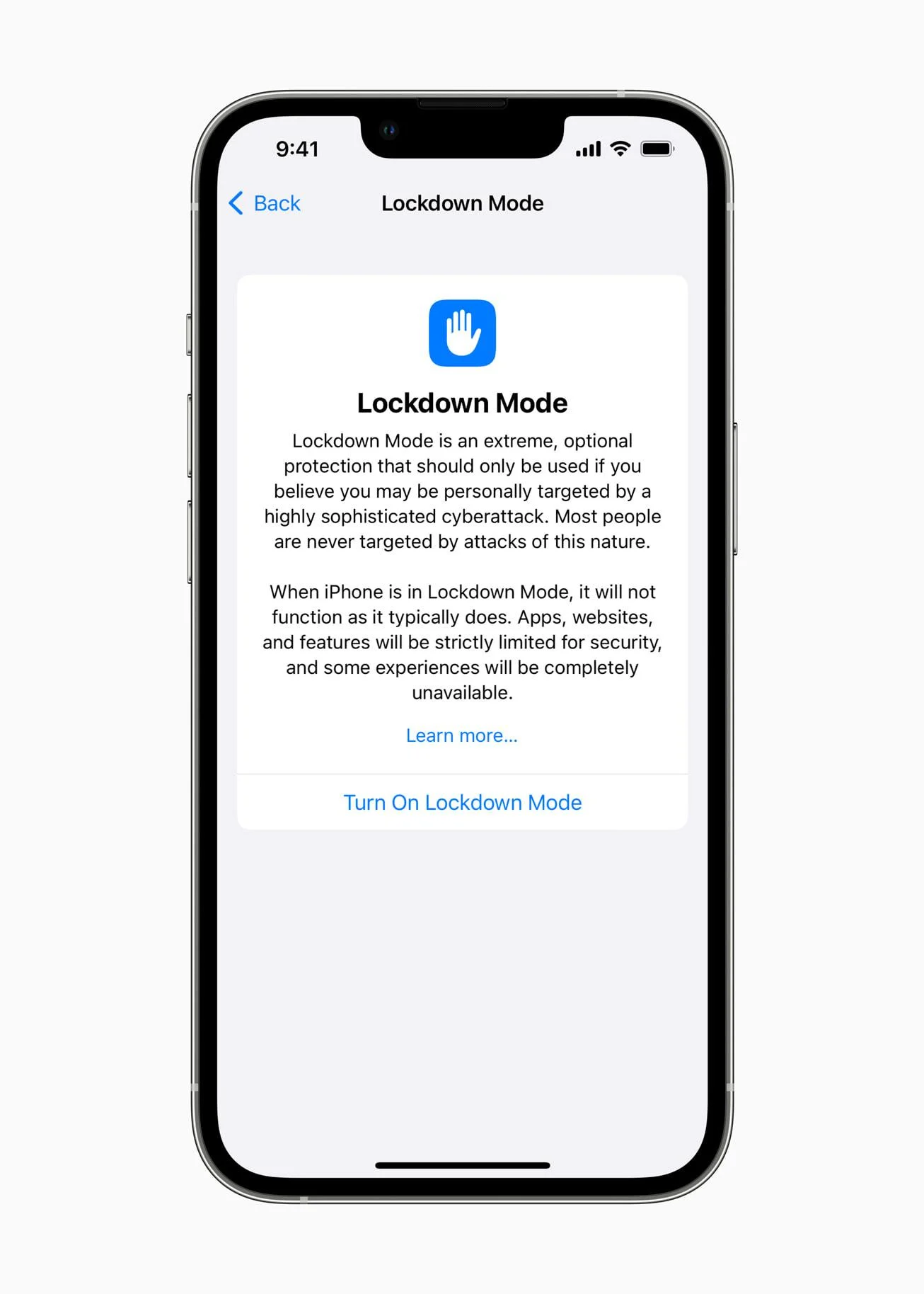
Source: Apple
Meanwhile, companies like Netflix are using cloud computing and advanced security platforms to defend against prevalent and evolving cyber threats. As regulations get stricter and users become more privacy-savvy, apps that prioritize app security and transparent data practices will stand out from the crowd and keep users coming back.
9. Ethical AI and Responsible App Development

Here’s the hard truth: as artificial intelligence and machine learning become the brains behind more mobile apps, making sure these systems are ethical, fair, and transparent is more important than ever. On the other side of the spectrum, generative AI-enabled scams have skyrocketed by 456% between May 2024 and April 2025, representing one of the most dramatic increases in cybercrime history.
This isn’t just incremental growth. We’re witnessing a fundamental shift in how criminals operate. That’s why in 2025, we’re seeing a huge push for responsible AI development, with new rules and best practices popping up worldwide to keep things in check and build trust with users.
Source: YouTube | IP Paris
Following the Paris AI Action Summit in February 2025, global leaders from over 100 countries established key principles emphasizing that AI must be “human-centric, ethical, safe, secure and trustworthy.”
While the summit didn’t create binding mandates for all high-risk AI apps, it did launch significant initiatives pushing toward greater accountability in AI development.
The summit participants agreed on three main pillars:
- Advancing AI science
- Developing solutions through open AI models that comply with national frameworks and;
- Establishing policy standards aligned with international guidelines.
French President Emmanuel Macron emphasized that ‘AI is a revolution that must serve humanity – it should improve lives, not just technology,’ while stressing that ‘AI developers must be accountable – transparency and ethics are key to preventing misinformation.
The bottom line? If you want your app to stand out in 2025, building with ethical AI and responsible app development isn’t just good karma. It’s a must for winning over users and staying compliant in the age of AI.
10. Voice User Interfaces (VUIs) & Conversational AI

Talking to your phone, car, or even your fridge isn’t futuristic anymore, it’s just how we live in 2025. Voice user interfaces (VUIs) have become a must-have in mobile app development, making everyday tasks easier, faster, and more accessible for everyone, including seniors and people with disabilities.
Instead of tapping and typing, you can now just ask, command, or chat and your apps listen, understand, and respond.
The growth is staggering: the global voice user interface market is projected to jump from $25.25 billion in 2024 to $30.46 billion in 2025, with a CAGR of 20.6%—driven by the explosion of smart devices, better speech recognition, and our love for hands-free convenience.
From mobile apps and smartphones to wearable devices and household devices, VUIs are everywhere. For example, Apple’s Siri and Google Assistant are now integrated into nearly every device you can think of, letting users send messages, control smart homes, search the web, and even shop—just by speaking.
11. Edge Computing
Edge computing is taking mobile app development to a whole new level in 2025. Instead of sending all your app’s data to faraway cloud servers, edge computing lets your phone, wearable, or even your car process information locally, right where it’s generated.
This shift is massive: Gartner predicts that by 2025, 75% of enterprise data will be processed at the edge, compared to just 10% a few years ago. Why does this matter? Because it means your apps can respond instantly, even when you’re off the grid or dealing with spotty internet. Think of it as giving your devices a “mini brain” that can make decisions on the spot.
Take Tesla as a real-world example. Tesla’s vehicles use edge computing to process data from cameras, radar, and sensors directly within the car, enabling real-time decisions for features such as collision avoidance and autonomous driving, without waiting for the cloud to respond.
12. Green Apps & Sustainable Mobile Development
Sustainability isn’t just a trend. It’s becoming a must-have for any serious mobile app development project in 2025. More mobile app developers and companies are weaving eco-friendly practices into every step of the app development process.
This means building mobile apps and web apps that use less energy, minimize data transfer, and encourage users to make greener choices, like reducing screen time or tracking their carbon footprint.
Take Ecosia, for example. This popular mobile search app uses its ad revenue to plant trees around the world, and its code is optimized to run efficiently on mobile devices, saving both battery and bandwidth.
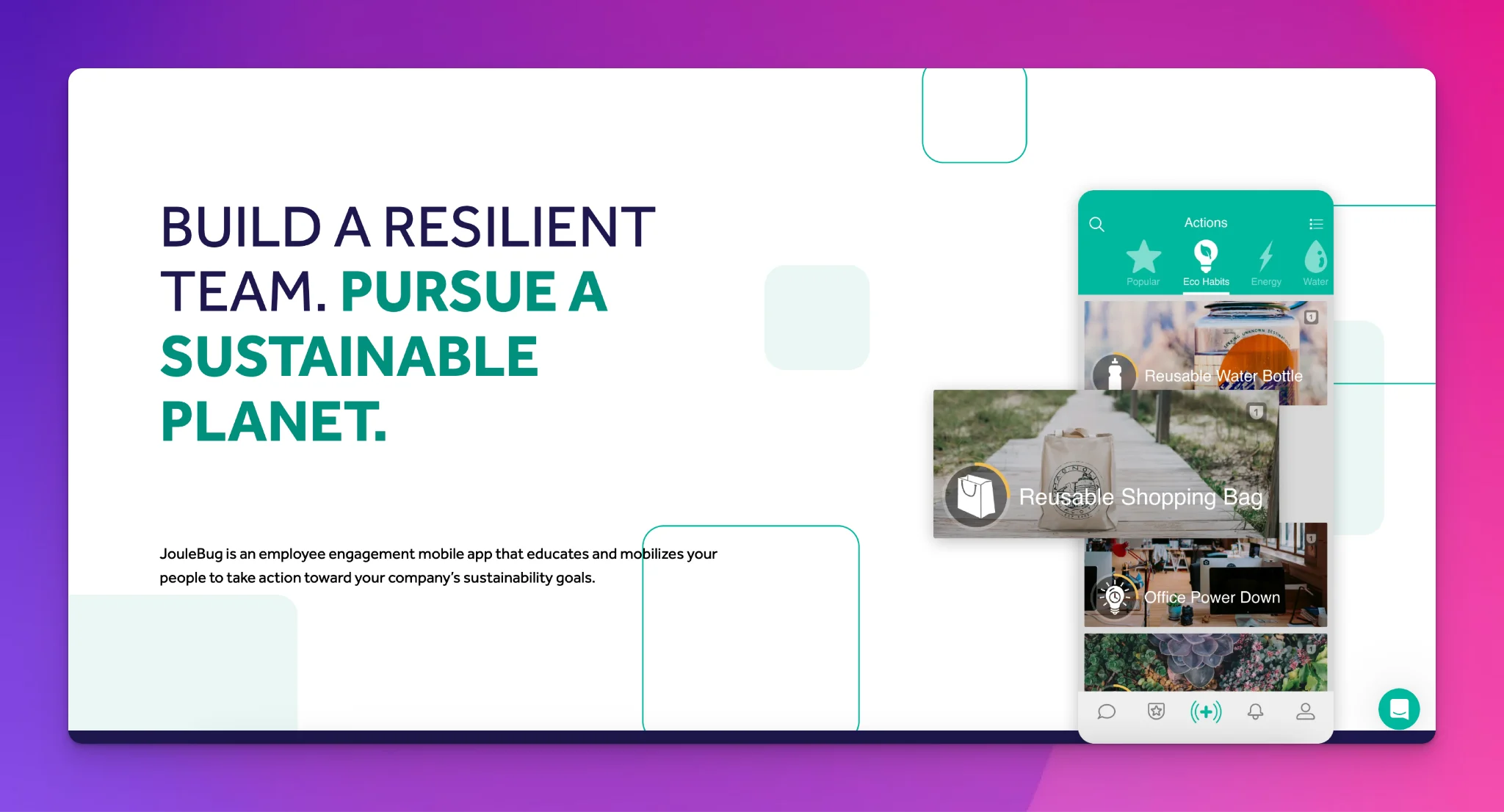
Source: Olio
Meanwhile, sustainability apps like JouleBug and Olio help users cut down on food waste and energy use, showing how smart design can make a real difference. Even major business apps and ecommerce app development teams are adopting green coding and optimizing for everything from household devices to the latest smart devices.
As more users demand transparency and eco-conscious options, expect sustainability to become a core part of the mobile app development market, from design to deployment.
People also ask about trends in mobile app development
1. What are the top app development trends shaping the mobile app development industry in 2025?
The latest app development trends for 2025 include the rise of artificial intelligence, machine learning, and augmented reality in mobile apps. App developers are focusing on cloud computing, predictive analytics, and advanced technologies to enhance user experience and drive user engagement.
The mobile app development industry is also seeing growth in instant apps, on-demand apps, and gaming apps, as well as increased adoption of wearable devices, foldable devices, and connected devices. These development trends are transforming how businesses create apps for mobile devices and smart devices.
2. How are mobile app development changes impacting app users and app downloads?
Recent mobile app development changes are enabling app users to enjoy more personalized and secure experiences. Features like app security, seamless integration with banking apps, mobile payment apps (such as apple pay and Google Pay), and camera-focused mobile apps are driving higher app downloads across the Apple App Store and Google Play Store.
The integration of inclusive UX app designs and functionalities tailored for smartphone users and household devices is also boosting the mobile app industry and driving mobile commerce app adoption.
3. What should app developers know about mobile app development market opportunities and challenges?
The mobile app development market is highly competitive, with mobile app developers needing to optimize for multiple apps and multiple platforms (iOS, Android, web apps). Keeping up with mobile app trends like app integration, beacon technology, and augmented reality is crucial.
Developers must also consider app security, sensitive data protection, and software development best practices to succeed in this fast-evolving space.
4. How do innovative voice-based apps and virtual reality enhance user engagement in mobile applications?
Innovative voice-based apps and virtual reality are revolutionizing mobile application development by making apps more interactive and accessible. With AR and virtual reality features, major business apps and social media apps can offer immersive experiences, while voice user interfaces and iOS machine learning framework help enhance user engagement for all types of mobile applications. These technologies also support inclusive ux app designs for a wider range of users.
5. What are the best practices for app development process and mobile technology in 2025?
In 2025, the best app development process involves leveraging smart devices, display devices like the Samsung Galaxy Fold, and mobile phones for testing. Mobile development teams are encouraged to use cloud computing, connected wearable devices, and Google Maps APIs for advanced features.
Optimizing for app idea validation, user behavior analytics, and ecommerce app development ensures that apps meet the needs of today’s enabling users and the demands of the mobile commerce landscape.
Let’s work on your app idea today
It’s evident that the rapidly evolving world of technology will continue to shape and transform our lives in more ways than we can imagine.
As we look towards this year, these app development trends — AI/ML, AR/VR, blockchain, super apps, low-code/no-code development, IoT integration, cross-platform development, cybersecurity, ethical AI and responsible app development, as well as voice user interfaces — are set to have a massive impact on businesses and industries around the globe.
That’s why it’s essential to work with mobile app development services that are not only experienced but also adaptable to the ever-changing technologies that drive our future.
After all, where tech trends go, customers often follow. You might need a solid partner to help you thrive in this ever-changing landscape.
Appetiser’s expertise in app design and development makes us an excellent growth partner for entrepreneurs and innovators looking to take their app ideas to the next level.
With a mobile app development company like Appetiser by your side, you can step confidently into 2025 and beyond, knowing that your business can adapt and scale with the right tools and technologies.
After all, the best way to get ahead is to serve your customers best.
Let’s embrace the future together. Contact us today for a free consultation on your next big idea.

Maria Krisette Lim is a Content Marketing Specialist with 14 years of experience producing web and print ad content. Krisette has a BSBA degree, major in Business Management and Entrepreneurship. When she’s not tinkering with words and punctuation, she’s either curled up with a book while sipping hot tea, playing with her toddler, or tinkering with website builders.


